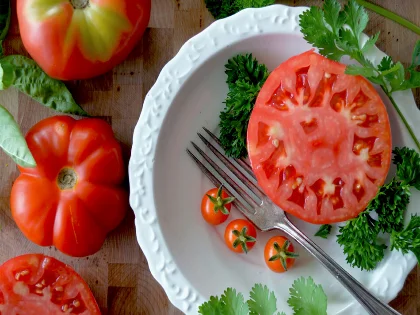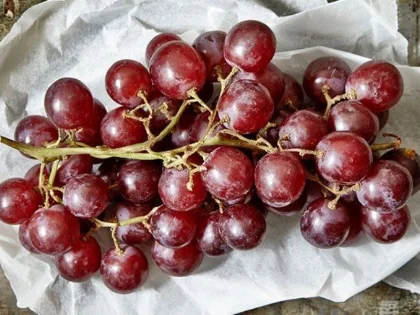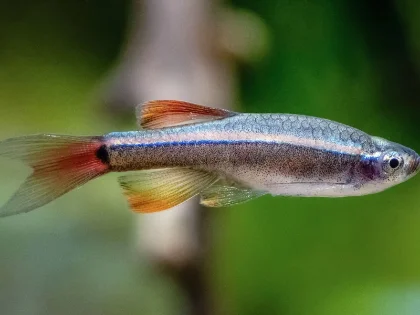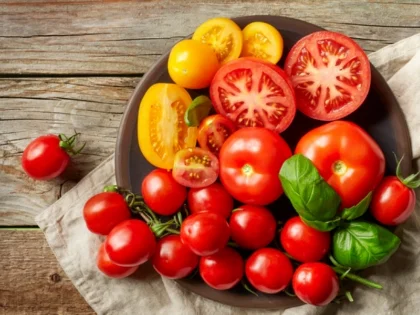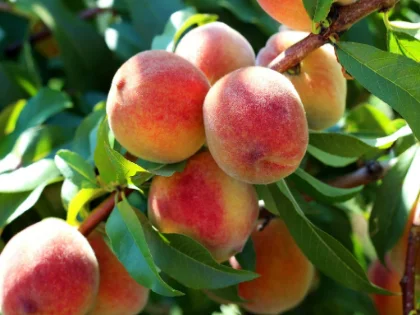Your bones are composed of calcium-reinforced living tissue that is always rearranging and disintegrating. Your body needs a lot of calcium, vitamin D, and other minerals that help form bones in order to keep them strong.
Have a bowl of cereal with added calcium and a glass of milk or a dairy substitute to start your day. Additionally, a cup of plain yogurt has a good amount of calcium.
Milk

Advertisement
One of the most important things you should prioritize as you age is bone health. Bone strength can be maintained throughout life with physical exercise combined with a diet rich in calcium and vitamin D.
Milk is a great source of protein and a rich source of calcium. 3 cups of low- or nonfat dairy milk should be consumed each day.
Vitamin D is added to milk to supplement it with calcium. Additionally, foods like egg yolks, tofu, fatty fish like salmon, mackerel, and sardines, and green leafy vegetables can provide you with vitamin D.
Leafy Greens
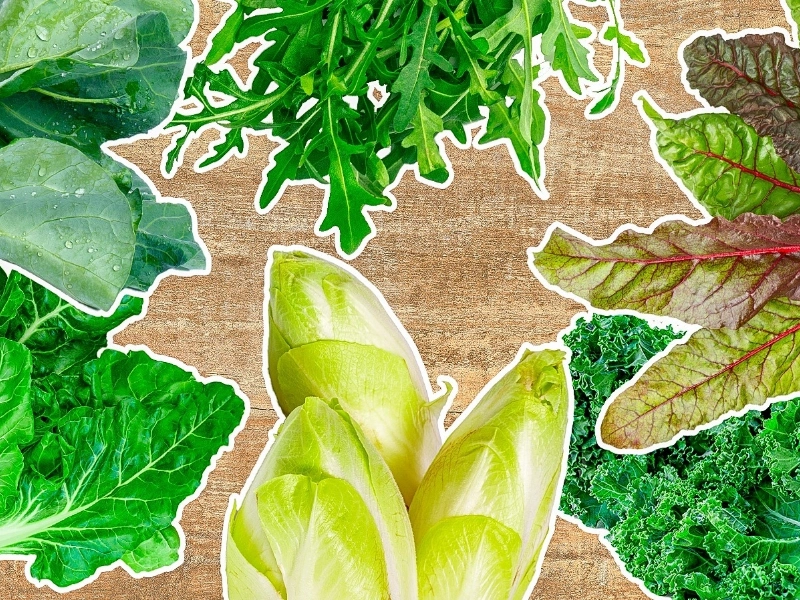
Many individuals think that, as they age, bone loss is something they simply have to deal with. But if you receive enough calcium, vitamin D (VAHY-tuh-min dee), and exercise, you can create "deposits" of new bone tissue and reduce your risk of osteoporosis.
One of the greatest methods to achieve this is to eat a wide variety of fruits and vegetables. According to the USDA, a cup of cooked kale has a significant quantity of calcium, magnesium, and the vitamins K and A that strengthen bones. A lifetime of strong bones can be achieved with a diet rich in leafy greens and other nutrient-dense foods, as well as routine visits to a board-certified orthopedic expert.
Oily Fish

According to studies, consuming three or more meals of fish per week may help prevent the aging-related loss of bone mass. Omega-3 fatty acids, which are found in fatty fish like mackerel, prevent bone deterioration and promote the formation of new bone.
Dark leafy greens, in particular, are a good source of calcium and other minerals that help create strong bones. A cup of cooked kale has 300 mg of calcium; comparable amounts are found in bok choy, black beans, and edamame.
Dried fruits, including figs and prunes, also include calcium and other elements that help maintain the skeleton, like magnesium and potassium. Calcium can be drawn out of the bones by acids, which potassium helps counteract. Magnesium maintains healthy levels of vitamin D, which encourages bone production and limits excessive bone loss.
Juice of oranges
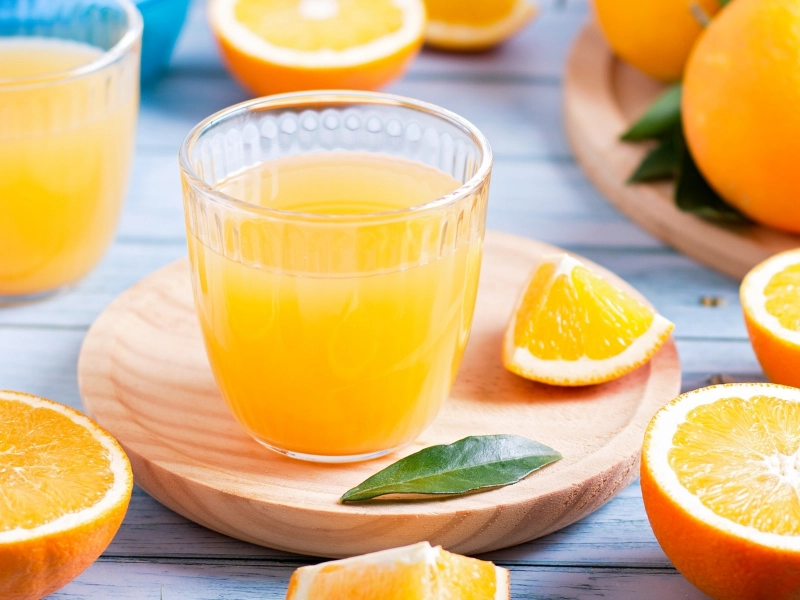
Acquiring adequate vitamin C may help lower the incidence of hip fractures, according to studies. As you age, this becomes even more crucial because your bones are constantly forming and breaking down new deposits.
Calcium can be found in a glass of orange juice or in a cup of low-fat milk or nonfat yogurt. Additionally, potassium and magnesium, which support strong bones, are found in a glass of orange juice.
Researchers observed that giving castrated mice a vitamin C-containing beverage improved the density of their femurs in a controlled experiment. The presence of limonoids in the beverage may be the reason it works.
Fruits of Citrus

Reaching your ideal bone mass can be facilitated by including calcium and vitamin D (VAHY-tuh-min dee) in your diet. It is best to get these nutrients during childhood and the teenage years, when they are most easily absorbed.
Fruits and vegetables produce alkaline-like chemicals during digestion to support balanced pH levels in your blood. Your blood weakens your bones by removing calcium and other minerals when it gets too acidic. Consuming a diet rich in fruits and vegetables can stop this process. Banana potassium aids in the absorption of calcium as well. Avocados and leafy greens are good sources of vitamin K, which helps direct calcium into bones rather than blood vessels.
Dried Fruits

Milk, yogurt, and cheese get a lot of press for their calcium content. But one cup of plain, low-fat, or nonfat Greek yogurt has only 90 milligrams, whereas five medium-fresh figs have 121 milligrams, as well as calcium and other skeleton-saving nutrients like potassium, magnesium, vitamin D, and phosphorus.
In addition, calcium, vitamin K, and vitamin C are found in leafy greens. Try a mix of low-glycemic foods such as spinach, kale, and collard greens, along with bok choy and turnip greens.
Other calcium-rich foods include white beans and berries, especially cranberries. Nuts are another good choice, and they also pack in protein, healthy fats, zinc, and magnesium.
Nuts
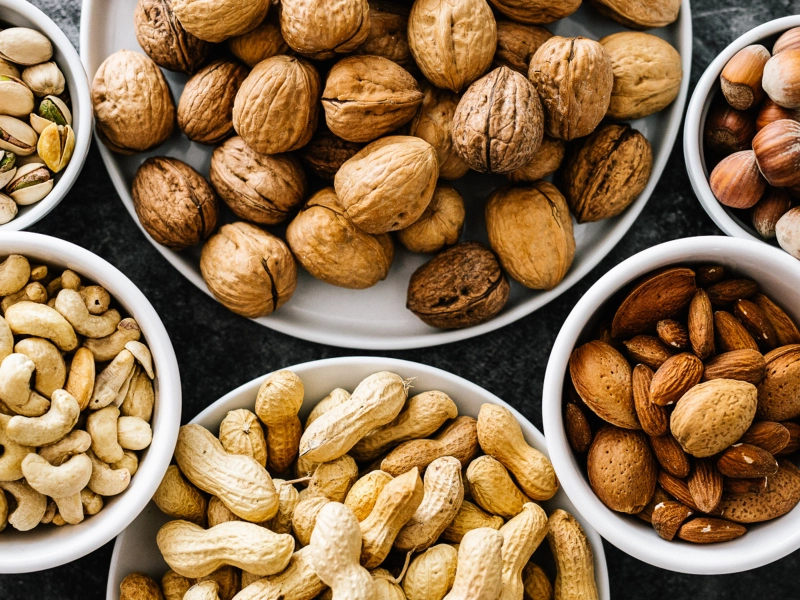
Adding nuts to your diet will help you get the protein, fiber, and minerals that support bone health. Almonds, walnuts, and cashews are replete with calcium, magnesium, vitamin D, folate, and omega-3 fatty acids.
Three ounces of canned salmon, mackerel, or sardines pack an impressive amount of bone-building calcium. They also provide vitamin D and omega-3 fatty acids, which may reduce the risk of osteoporosis.
Getting enough calcium and vitamin D is essential for healthy bones, but weight-bearing exercise and good health habits are equally important for preventing bone-weakening osteoporosis as we age. A combination of these factors can keep your bones strong and resilient for a lifetime.
Advertisement










